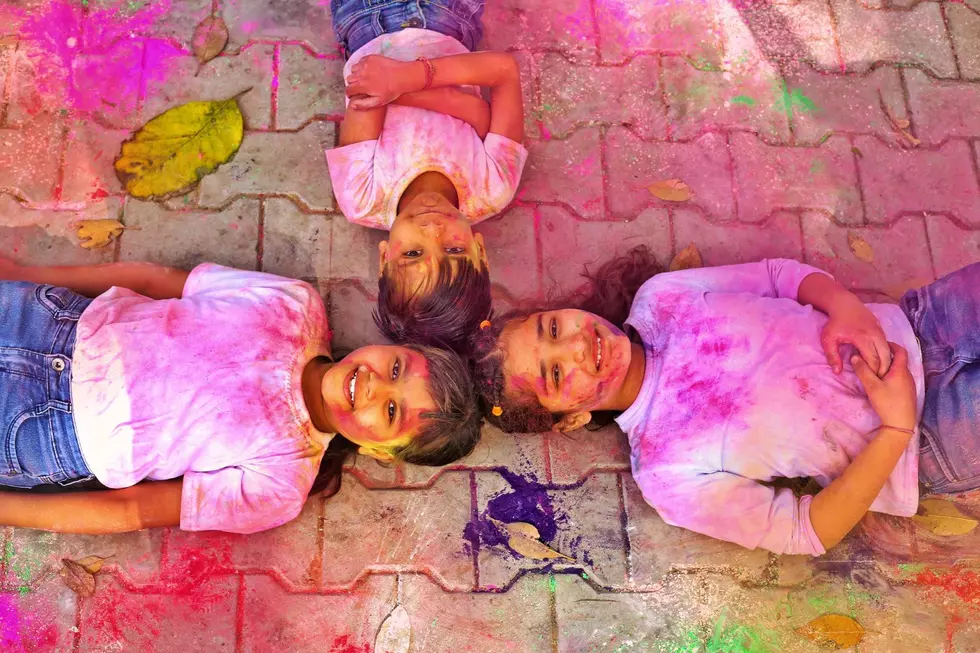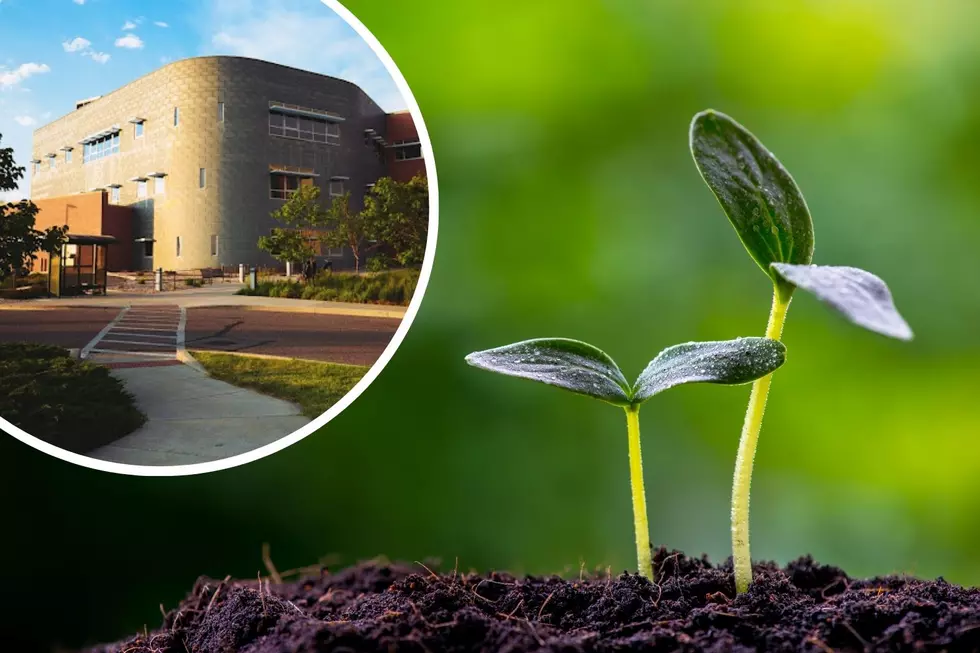
Bring the Kids to Cheyenne’s Celebration of Color This Weekend
Celebrate the wonderous festival dedicated to the colors of spring in Cheyenne this weekend. On April 13, 2024, the Paul Smith's Children Village at Lion's Park invites families to attend its celebration of Holi, the Indian festival of color.
You're Invited to Cheyenne's Holi Celebration
"Celebrate the coming of spring with Holi, also known as the Festival of Colors! Come learn about Holi through stories, dancing, and, of course, colors!
The event is free and open to the public."
- When: 1 p.m. (Note: In case of rain or snow, the event will be moved to April 20)
- Where: Paul Smith's Children's Village (710 S. Lions Park Dr.)
- Cost: FREE
- Additional Info: Click here.
What is Holi?
Holi is the Hindu celebration commemorating the colors of Festival of Colors, Love, and Spring. The festival traditionally celebrates the love between the Hindu deities Radha and Krishna. The celebration coincides with the arrival of spring in Nepal and India. Traditionally, the Indian people celebrate Holi in March, on the last full moon in the lunar month of 'Phalguna' in the Hindu calendar.
How is Holi Celebrated?
People celebrate Holi with...you guessed it! Colors! To celebrate the coming spring, festivalgoers throw a colorful powder called gulal into the air; the powder covers attendees, coating them in bright colors. There's dancing and plenty of eating during the festival, too. For more information on Holi, click here.
Who Are Radha and Krishna?
Radha is the beloved wife of the god Krishna. She is a gopi, or milkmaid, who met Krishna when he lived among the gopas, or cowherds, of Vrindavan. In Hindi literature, she sometimes symbolizes the human soul. For more info on Radha, click here. Krishna is the 'supreme deity' in Hinduism. He is one of the most revered gods in India. For more info on Krishna, click here.
Lunar Rainbow: Why the Moon Changes Colors, Explained
Gallery Credit: Phylicia Peterson, Townsquare Media Laramie/Cheyenne
More From 101.9 KING-FM





![[LOOK] Meet the Dinosaurs That Roamed Across Pre-Historic Wyoming](http://townsquare.media/site/98/files/2024/04/attachment-wyoming-dinosaurs.jpg?w=980&q=75)



